KUANG-YI KU x HENRY DE VRIES
ATLAS OF QUEER ANATOMY
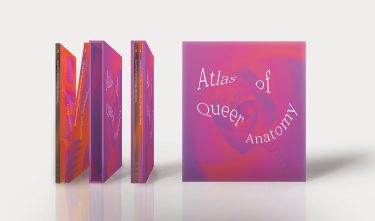 1
1
The project
The standards in classical medical anatomy cause discrimination and create serious problems in (access to) clinical treatments. with the Atlas of Queer Anatomy, designer Kuang-Yi Ku and medical professor Henry de Vries challenge Western, white and heteronormative dominance in anatomical education. The visualisations offer an ironic reflection on the still widely used textbook ‘Atlas of Human Anatomy’, (Frank H. Netter, 1957). Kuang-Yi Ku and Henry de Vries want to increase the inclusiveness of anatomy within and outside medicine. The project includes workshops in which young doctors and creatives are invited to make their own queer anatomical collages, which are then incorporated into the atlas.
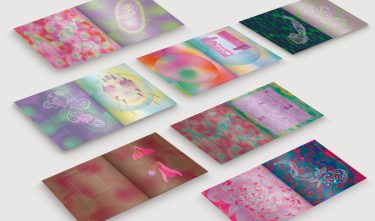 2
2
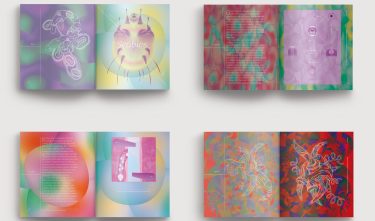 3
3
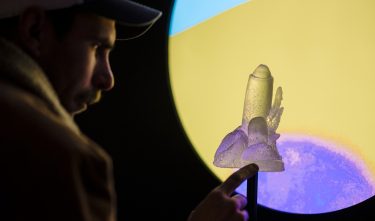 4
4
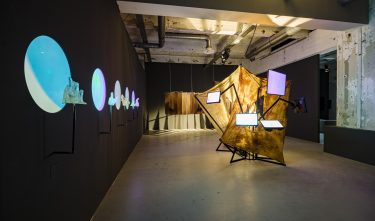 5
5
Expert panel
The Atlas of Queer Anatomy is an example of the power of visualisation. Kuang-Yi Ku reverses the existing perspective, by responding to an outdated image, which is still having a negative impact. The connection with science is strong and reaches into the medical field. It is incredibly clever and a powerful example. This is design research, imagination and collaboration at a very high level. It introduces a whole new language of form, which is clear and explorative at the same time. The anatomy is the same, but the lens through which it is seen encourages you to see things differently. This project therefore has the potential to make a huge impact on the medical world and our society.


